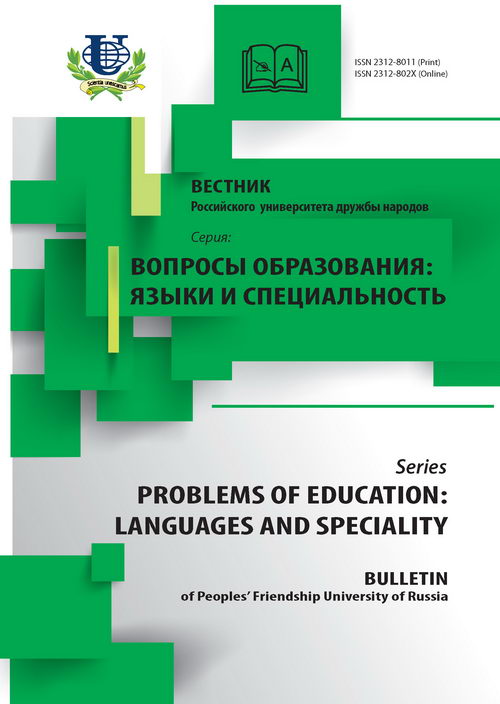ITALIAN LANGUAGE INFLUENCE INTERFERING WITH THE LEARNING PROCESS OF RUSSIAN: PHONETIC, ORTHOGRAPHIC, GRAMMATICAL AND SYNTACTIC INTERFERENCE
- Authors: Bejenari OA1
-
Affiliations:
- University of Milan
- Issue: No 4 (2015)
- Pages: 51-57
- Section: EDITORIAL
- URL: https://journals.rudn.ru/polylinguality/article/view/12992
- ID: 12992
Cite item
Full Text
Abstract
How to increase the amount of educational material in Russian as a foreign language in an Italian classroom, having reduced the period of its learning? How to achieve better understanding and deeper language acquisition? How to strengthen a positive transfer and and overcome the negative influence of the native language? The answer to these questions gives an analysis of the most common oral and written students’ mistakes which are caused by translingual interference (of the native or the second foreign languages). The different alphabets and bases of articulation of the languages, the systemic differences in grammar and vocabulary, all of this produce resistant and hard-to-correct mistakes. The first step to eliminate them from students’ language is teachers’ comprehension of the nature of these mistakes. The second step is the constitution of a learning process, that would take into account the similarities and differences of the native and studied languages, and that could thereby prevent violations in Italians’ speech in Russian language.
References
Supplementary files














